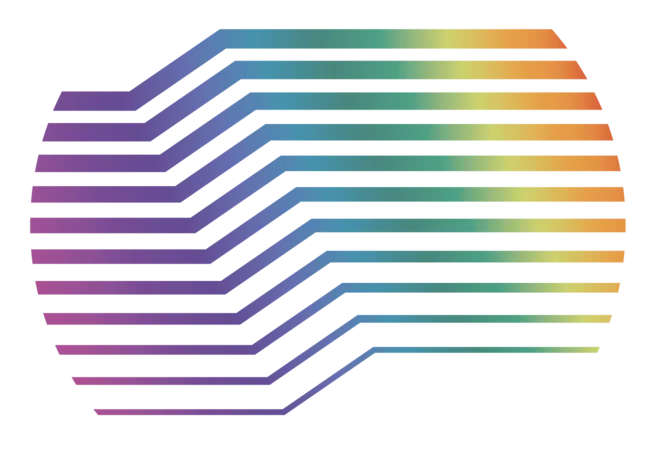Light is more than just a means of visual orientation – it is a central regulatory signal for our internal clock. It influences when we feel tired, how hormones are produced in the body, and how alert or balanced we feel. Despite its fundamental impact on our health, light remains underestimated in both medical and societal contexts. The international initiative “Light for Public Health” aims to change this. Launched on May 16, 2025 – the UNESCO International Day of Light – the initiative seeks to make evidence-based knowledge about the health effects of light accessible worldwide.
The initiative emerged from an interdisciplinary scientific conference held in April 2024 as part of the Ladenburg Roundtable on “Light for Health and Well-being.” At the conference, international researchers gathered to consolidate current findings on the biological effects of light. The outcome is a consensus paper with 26 scientifically validated key statements – the so-called “Consensus Statements.”
“Light penetrates deeply into our biology – far beyond vision,” says Prof. Dr. Manuel Spitschan, Head of the Assistant Professorship of Chronobiology & Health and co-organizer of the initiative. “It influences processes such as sleep, hormone regulation, and cognitive performance – depending on timing, intensity, and spectral composition.” While natural morning light is considered particularly beneficial, artificial bright light in the evening can disrupt the circadian rhythm. Many of the resulting recommendations can already be easily implemented today – such as spending time outdoors regularly or consciously designing lighting in the home environment.
The initiative sees itself not only as an information platform but also as a catalyst for health-promoting change – both in everyday life and at the societal level. The goal is to communicate sound knowledge about the effects of light and translate it into concrete recommendations, helping people to shape their light environment consciously – or at least more consciously.
Particular emphasis is placed on the practical applicability of the scientific consensus. “What has been missing so far is a reliable entity that compiles research findings, presents them in an understandable way, and makes them accessible – especially for those responsible for lighting conditions in educational institutions, healthcare facilities, or public spaces,” explains Prof. Spitschan. The initiative aims to fill this gap – providing an evidence-based foundation for better lighting decisions.
The organizers place special value on an interdisciplinary approach. The work integrates perspectives from chronobiology, neuroscience, psychology, lighting technology, and public health. The initiative is supported by five international partner organizations: the International Commission on Illumination (CIE), the Society for Light, Rhythms and Circadian Health (SLRCH), the Daylight Academy (DLA), the Good Light Group (GLG), and the Center for Environmental Therapeutics (CET). “This collaboration highlights just how relevant and recognized the topic is on an international level.”
The focus is also on the translation of basic research: How can findings from the lab be turned into practical everyday recommendations? “We need to think across the entire chain – from basic research to real-life application. It’s not enough to investigate dose-response relationships in the lab,” says Prof. Spitschan. In addition to professional guidance for experts, the initiative also offers actionable tips for the general public. Simple measures can help stabilize one’s circadian rhythm – such as deliberately using daylight around midday or darkening the bedroom at night. “We want to understand what this means for people working night shifts, for students in school buildings, or for residents of nursing homes,” Prof. Spitschan adds.
In the long term, “Light for Public Health” aims to become a central knowledge platform linking research, prevention, and health policy. The 26 key statements represent the current state of scientific knowledge – and form the foundation for future research. “We now have a solid basis,” says Prof. Spitschan. “But this is just the beginning. Many questions remain unanswered. The goal is to generate further knowledge that is meaningful for as many people as possible – and we warmly invite the research community to join us in this effort.”
To the homepage of the Assistant Professorship of Chronobiology & Health – Rudolf Mößbauer Professorship
To the homepage of the Translational Sensory and Circadian Neuroscience Unit (MPS/TUM/TUMCREATE)
To the Project Page: Light for Public Health
To the Preprint: Evidence-based public health messaging on the non-visual effects of ocular light exposure: A modified Delphi expert consensus
Contact:
Prof. Dr. Manuel Spitschan
Rudolf Mößbauer Assistant Professorship of Chronobiology & Health
Am Olympiacampus 11
80809 Munich, Germany
Phone: +49 89 289 24544
Email: manuel.spitschan(at)tum.de
Text: Bastian Daneyko
Photos: Private

